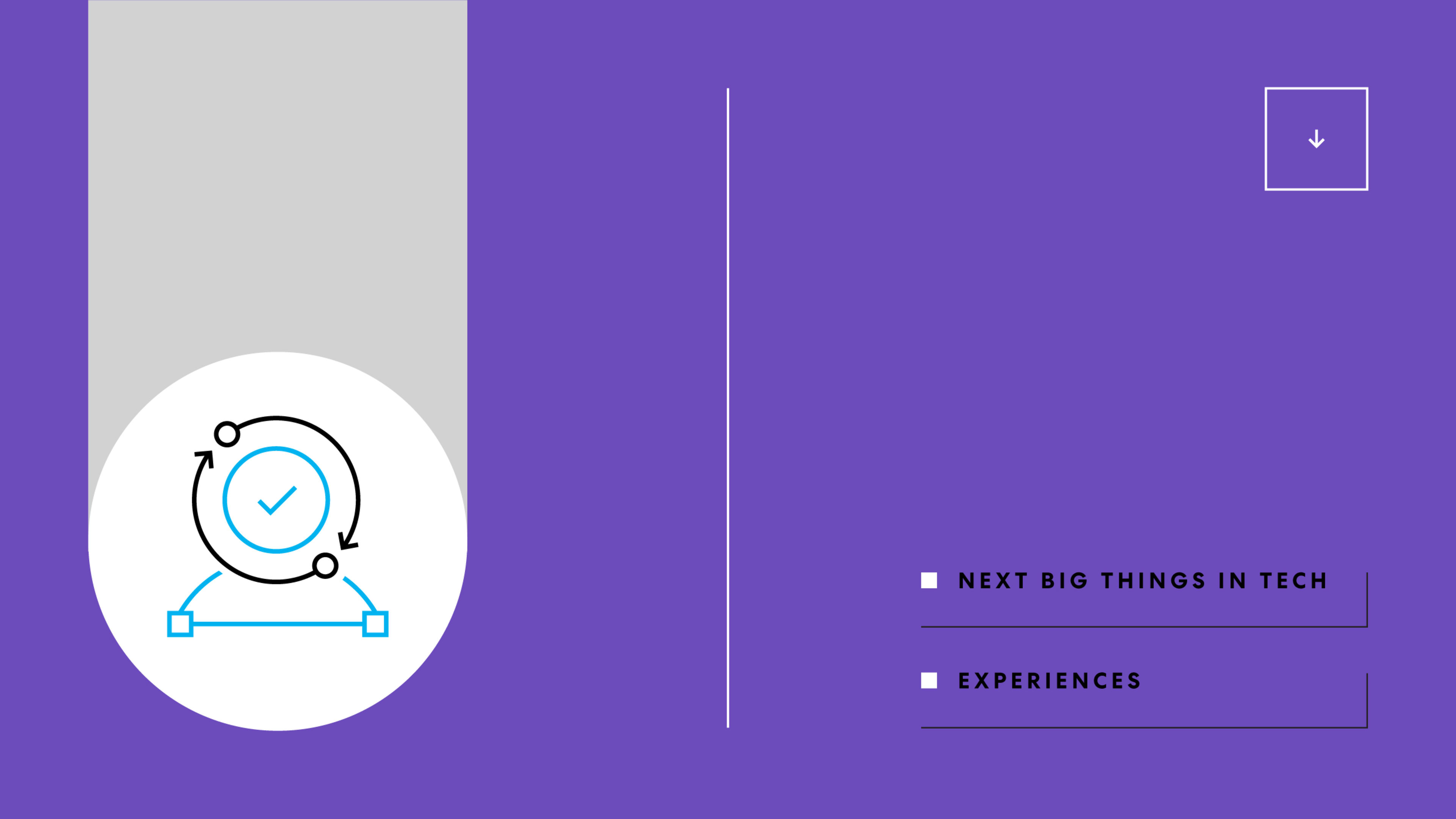As ever-more aspects of our personal and professional lives go virtual, there’s boundless opportunity for technologists to rethink how we communicate with each other. At the same time, content creators are getting powerful new tools for producing Hollywood-quality media without a Hollywood budget. These Experiences winners and honorable mentions in Fast Company’s inaugural Next Big Things in Tech awards cover both types of innovations and are transforming homes, workplaces, cars, and even the metaverse.
See a full list of Next Big Things in Tech winners across all categories here.
Winners
For performing magic with megapixels
Available in Lightroom and Camera Raw, Adobe’s Super Resolution uses machine learning to preserve detail when increasing a digital image’s resolution. That allows you to blow up a photo by up to four times without it devolving into a blocky eyesore—a must for scenarios such as printing images at large sizes.
For democratizing special effects
Combining virtual workstations, rendering capabilities, and data storage, Amazon Web Services’ Nimble Studio helps streamline virtual collaboration for TV and movie production houses. It eliminates the need to buy expensive, complex hardware to create animation, CG content, motion graphics, VFX, and more.
For raising the volume on volumetric videos
A postproduction platform for editing and distributing 3D and holographic videos, Arcturus’s HoloSuite quickly processes and renders enormous files of volumetric content even if network bandwidth is limited. It can share content with other postproduction tools such as Unreal Engine and Unity.
For making truly hybrid meetings possible
A videoconferencing service designed for hybrid teams, Around cuts out the echoes and feedback that occur when multiple people are on a call in the same room. Cracking this audio engineering challenge enables meetings where remote and in-person attendees can participate equally.
For simplifying sound design
Used by Netflix, Amazon, and HBOMax, Audio Design Desk’s AI technology allows editors to seamlessly add sound effects to videos by choosing from a library of more than 30,000 royalty-free sounds. Like a Spotify for sound effects, it suggests new sounds based on past preferences.
For outfitting influencers without the waste
Submit a photo of yourself and this augmented fashion store will superimpose an item of digital clothing onto your body, giving it a realistic-looking fit. The company currently caters to influencers seeking fresh looks without having to buy real outfits.

For streamlining distracting car displays
U.K.-based Envisics developed a heads-up car display that uses augmented reality to project information such as directions into the driver’s field of vision. Proprietary materials change the density of light as it filters through the display, keeping the holographics bright even in direct sunlight. It will debut in next year’s Cadillac Lyriq.
For putting virtual people to work
Hour One’s dozens of photo-realistic avatars can read text in 20 languages in voices that sound surprisingly human, turning written scripts into video presentations. Language-learning giant Berlitz used the technology to generate 13,000 educational videos in three languages.
For connecting fans to live events
Kiswe transforms live events into global streaming experiences. Its cloud-based platform let a BTS concert be simultaneously streamed to nearly 1 million devices in almost 200 countries, despite varying network capabilities in each location. The fan experience is further brought to life through features such as live chats.
For miniaturizing the laser scanner
The wireless, handheld BLK2GO laser scanner uses lidar and panoramic imaging to create 3D maps of different environments, handy for designers, architects, and engineers. A simple point-and-shoot design with a single button simplifies the documentation of spaces for use in designing or retrofitting buildings.

For keeping tabs on our brains’ needs
Neurable packed each earpad of its Enten headphones with advanced signal processors that can measure the brain’s electrical activity. It uses this data to mute notifications to aid focus and alert users when their brains need a break from work, among other features.
For bringing whiteboards into the virtual era
A transparent whiteboard with a built-in camera, Pathway’s eGlass captures a teacher’s face and notes in the same video, which can be streamed for students in the room and online. Rather than facing away from students, instructors can keep an eye on the class to make sure everyone’s engaged.
For using AR to manage industrial equipment
Machine operators and technicians can access the information they need while on the job with Taqtile’s Manifest AR platform, which places instructions for managing complex industrial equipment directly in workers’ sight lines. It’s in use by companies such as SpaceX, UPS, and Novartis.
For giving table games a new AR twist
Tilt Five’s AR glasses use tiny projectors to beam video onto a specialized gaming table, which then reflects 3D imagery back to the wearer. The result is a lightweight headset with a wide field of view—one that eventually could have applications well beyond board-game night.
Honorable Mentions
Cybozu
For helping anyone build custom productivity apps
Forte
For making it possible to actually own goods inside games
Help Lightning
For simplifying the repair of complex equipment through AR
Lucid
For making a remote-friendly brainstorming whiteboard
Rec Room
For letting non-coders create games for consoles, phones, and VR
TrackVia
For transforming images into software applications
Upland
For turning the real world into a Monopoly-like metaverse
Verizon
For open-sourcing a blockchain tool for disclosing changes to documents
Virbela
For creating a virtual office environment that mimics real life
WillowTree
For letting you order food online with your voice
Recognize your brand’s excellence by applying to this year’s Brands That Matter Awards before the early-rate deadline, May 3.
